6 biggest design movements of this millennium so far
Design trends come and go, but these major global movements are in it for the long haul.
Trends: whether you embrace them or avoid them like the plague, it pays to know what they are and why they're relevant. After all, they've become trends for a reason.
However, many design trends - particularly aesthetic ones - can be transient, flash-in-the-pan things. They're all too often about imitation, rather than inspiration.
So far we've brought you the biggest graphic design trends you need to know about this year.
Design movements
Design movements are different. They're much larger in scope, often encompassing multiple creative disciplines, and are influenced by global social and cultural factors that go far beyond simple aesthetics.
Many major 20th century design movements are still relevant today. Read on for our guide to six of the biggest design movements of this millennium so far...
01. Designing failure
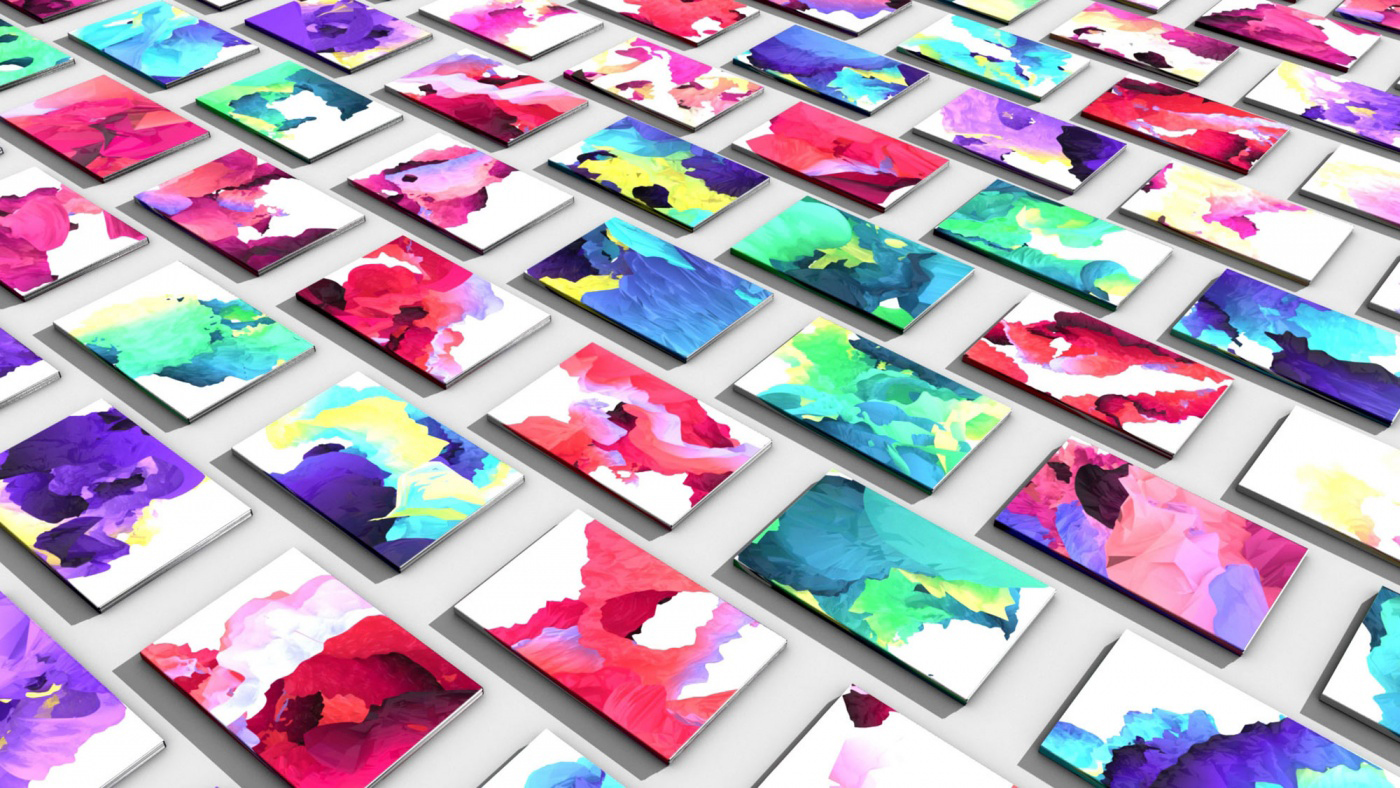
Failure can be a great teacher, provided you learn from your mistakes. But over the past decade or so, many designers have embraced its role not only in the creative process, but the visual outcome as well. From generative design to glitch art, creatives are sacrificing control in favour of beautiful randomness.
Failure can also encourage innovation, disrupting longstanding conventions to see the world in a less polarised way. In manufacturing, imperfections in the final product provide an antidote to identical mass-produced items - and there's a market for products that celebrate errors, inaccuracies and imperfections as USPs, making them more exclusive and unique.
Daily design news, reviews, how-tos and more, as picked by the editors.

Generative design, in which designers set the rules and parameters to make an algorithm, but then ultimately relinquish control of the actual visuals produced, has also taken off in a big way this millennium, resulting in many different unique iterations of graphic products in sectors from packaging to publishing and beyond.
Caused by technological malfunctions, glitches tend to be uninvited when they appear in the production process, but these too are celebrated and encouraged as part of this creative movement, with designers appreciating the combination of mechanical failure and human intention to drive new graphic styles.
The involvement of artificial intelligence in the process has stoked much debate and discussion about whether designers will ultimately become obsolete as we increasingly embrace the products of machine thinking. But in a field where little room has been allowed for failure in the past, more designers than ever are embracing chaos in their creative practices, and benefitting from it.
02. The real thing
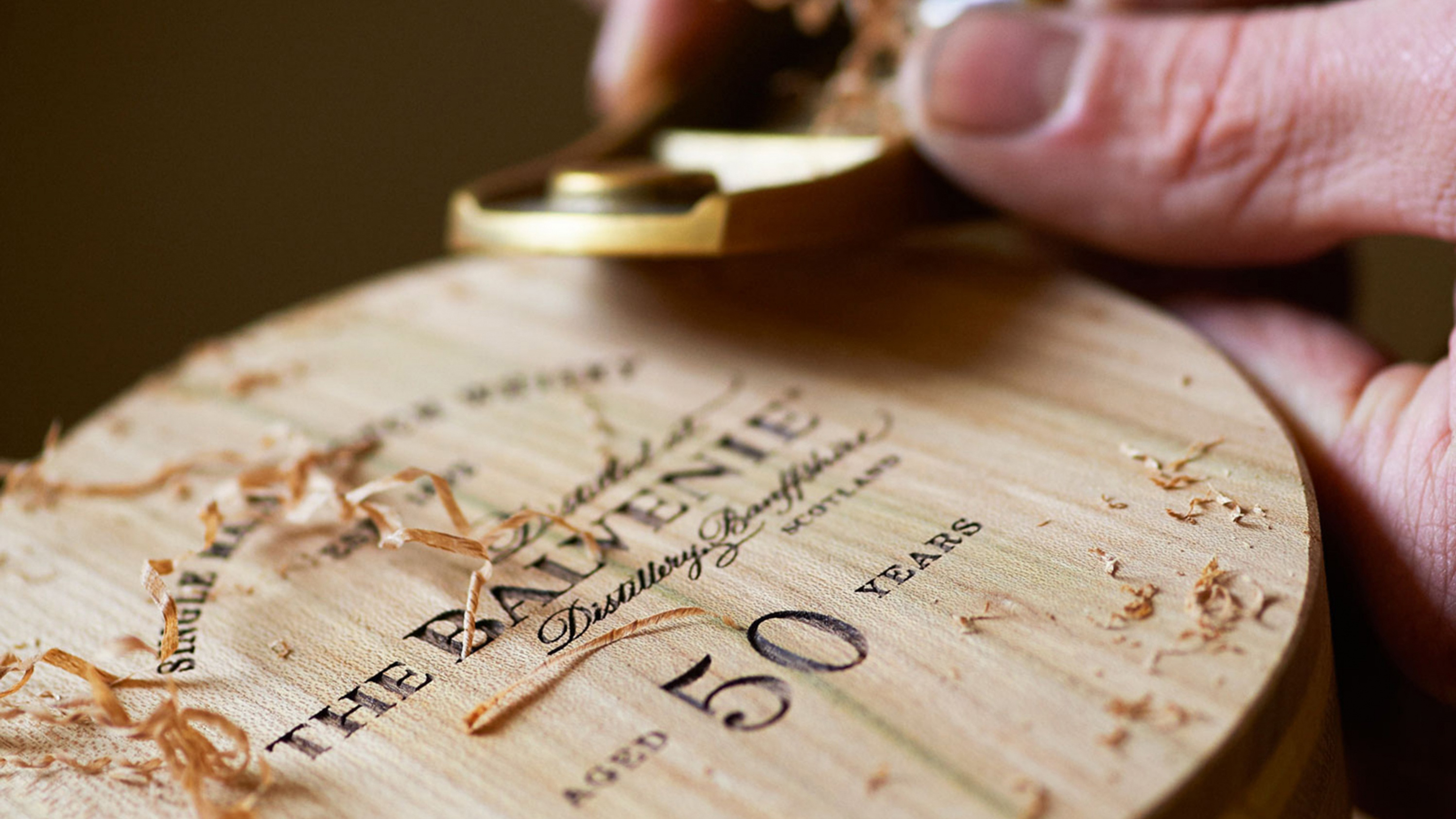
In recent years, another counter-movement against identikit mass-production - as well as the clean, perfect digital aesthetic - has been a widespread yearning for hand-crafted products rooted in cultural traditions. As with the previous movement, imperfection is celebrated as it adds to the authenticity.
Such craftsmanship helps create a meaningful connection between maker and consumer. In the face of global political and economic events outside of our control, as well as the mass-produced ubiquity of certain products, consumers are reminiscing fondly about the past and placing more value on the objects around them, choosing quality over quantity.
Hand-crafted products have stories behind them - they're made with care and attention - and the human touch creates far more emotional resonance than a generic production line ever could.
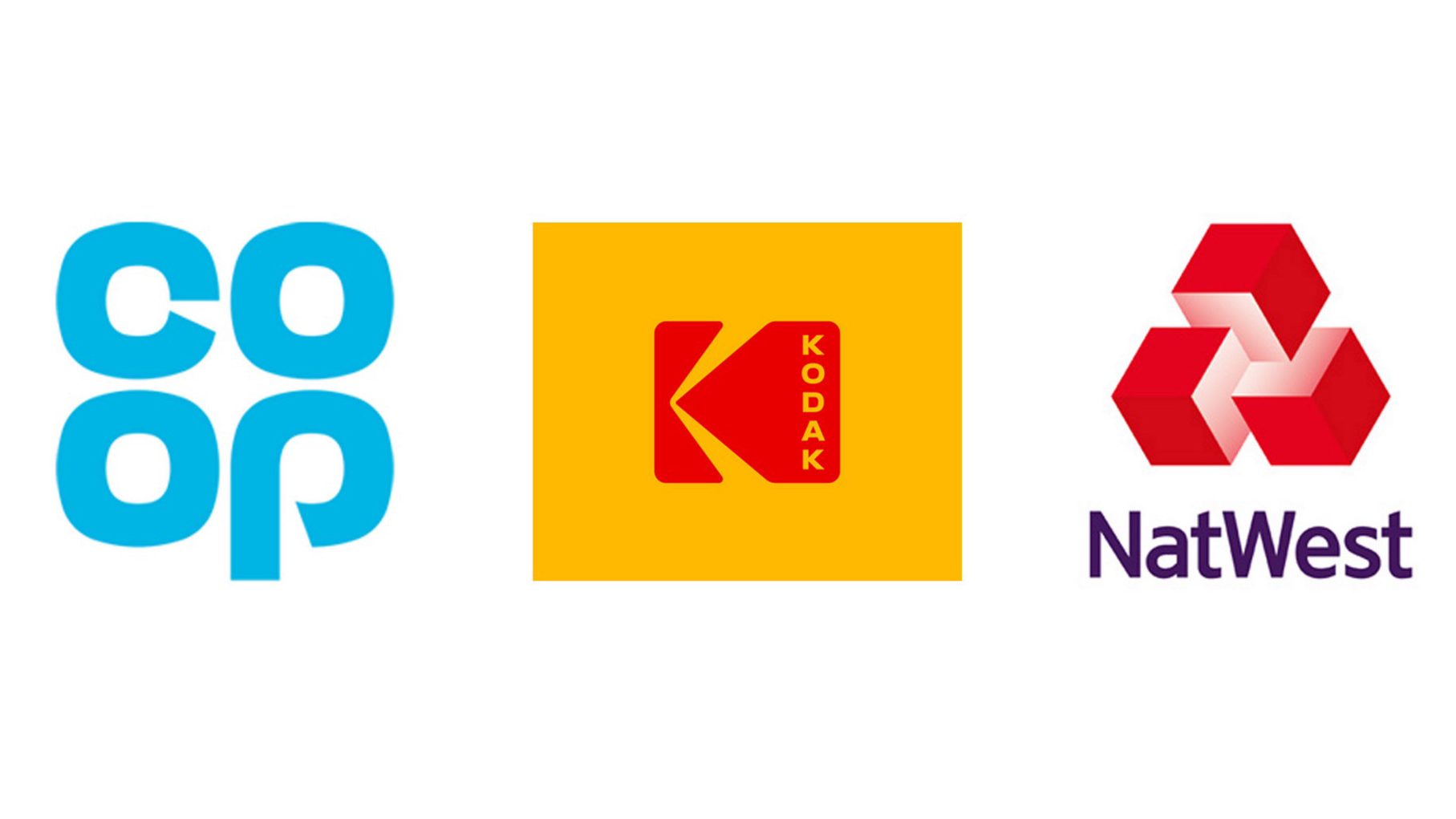
Transparency in the production process is another key factor in craftsmanship's newfound demand. After years of mass-produced, sometimes unethical practices, consumers are keen to understand a product's heritage. And the best way to communicate this is for brands to showcase not just the production process, but the people behind it.
This fuels consumer desire to see, understand and appreciate what has gone into the making of a product or service. Facing an ever-changing marketplace, consumers are finding reassurance in heritage brands that have survived the test of time - which is at the heart of the so-called retro design trend.
03. The beauty of simplicity
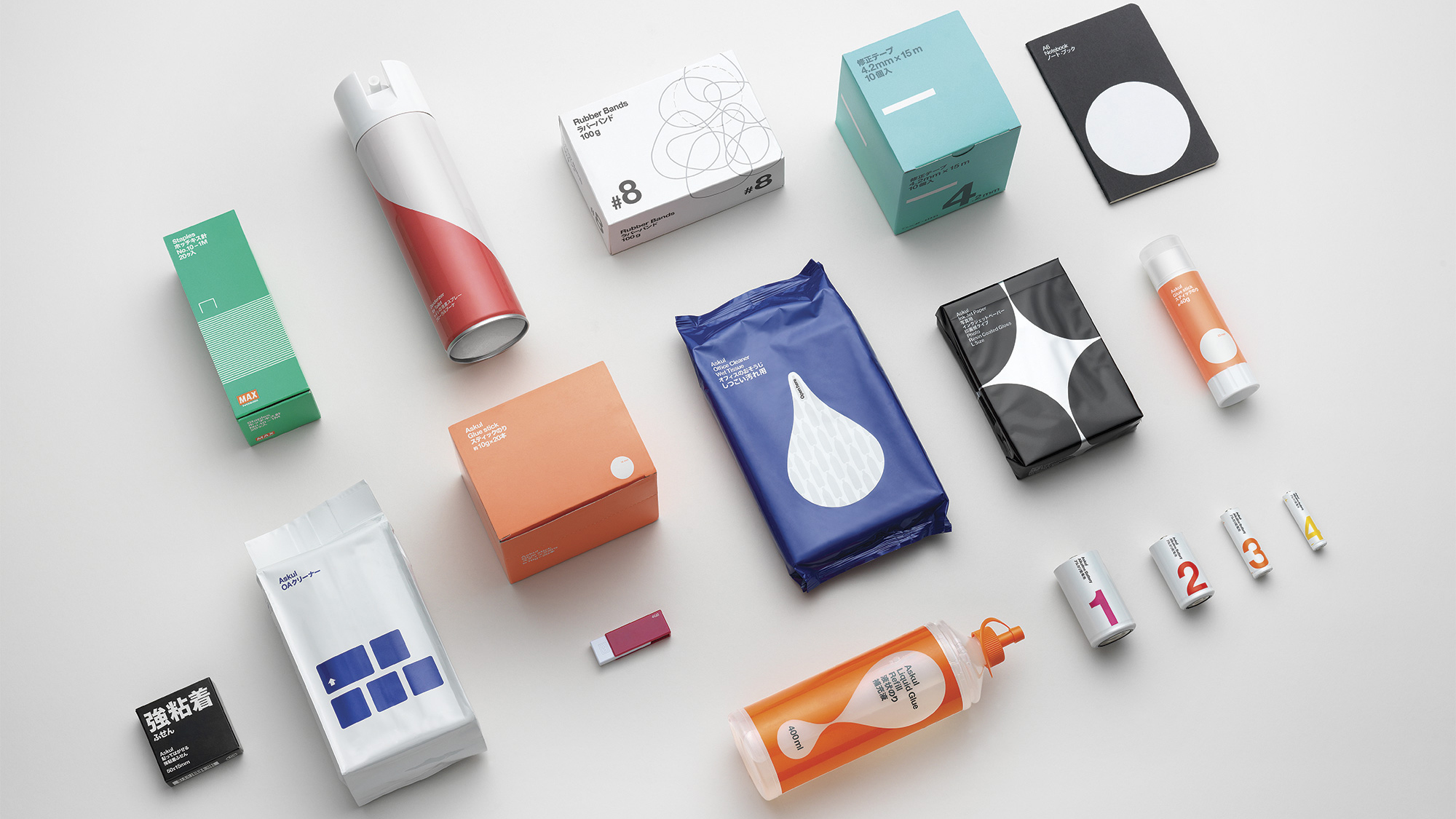
Our daily lives are completely over-saturated with information, choices to make, and extraneous noise, and so consumers are increasingly looking to products and services that simplify their environments both visually and functionally.
While on the one hand digital innovations have helped streamline some of the daily decisions we have to make, in this 'always on' world the internet and social media have created even more noise in different ways. Busy, over-stimulated consumers increasingly want simple, efficient, seamless and fuss-free products and experiences.
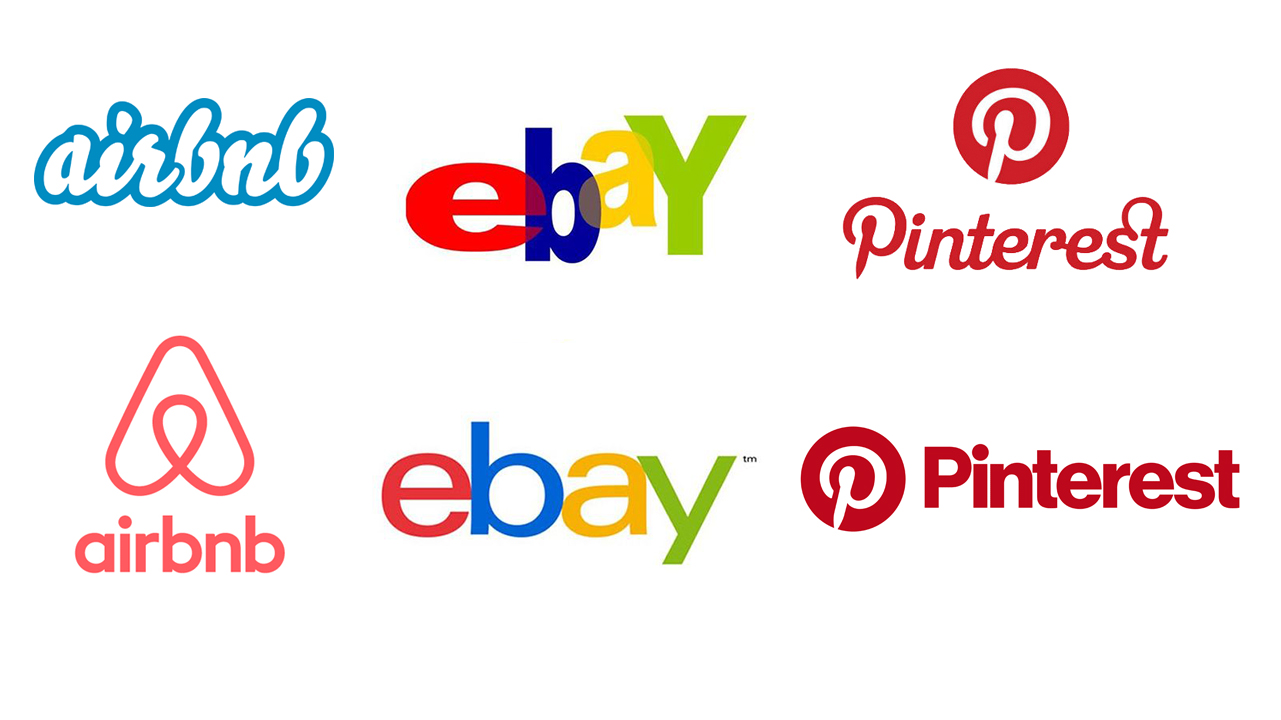
Brands and services that are intuitive, remove distractions, filter choices and personalise content have come to the fore in this millennium as they make day-to-day living simpler. Complex data is visualised to help consumers decipher what they need to know, and designers are crafting objects that integrate into our daily lives, building convenient solutions into products themselves.
These intuitive technologies, compounded with fuss-free design, mean consumers can look forward to simpler times to come. And as individuals seek out clearer and simpler solutions to their complex lives, branding increasingly reflects this shift in consumer behaviour through leaner, more minimalistic logos and identities, and design that works smarter to cut through the clutter.
04. The DIY economy

The creative economy changed radically this millennium, as open source software, 3D printing and other constantly-evolving technologies put design and production in consumers' hands, with big consequences for creatives.
Another byproduct of the push against mass-production, this DIY (design-it-yourself) approach sees people hacking their way into everyday products, as well as creating their own. In short, the rules of development, production and business have been transformed.
The DIY and RIY (repair-it-yourself) movement is being fuelled by a variety of factors, including economic ones. Global economic instability over the past decade has forced individuals and brands to reconsider how they consume. Combine this with ever-falling prices in technology, and you have a new creative manufacturing economy.
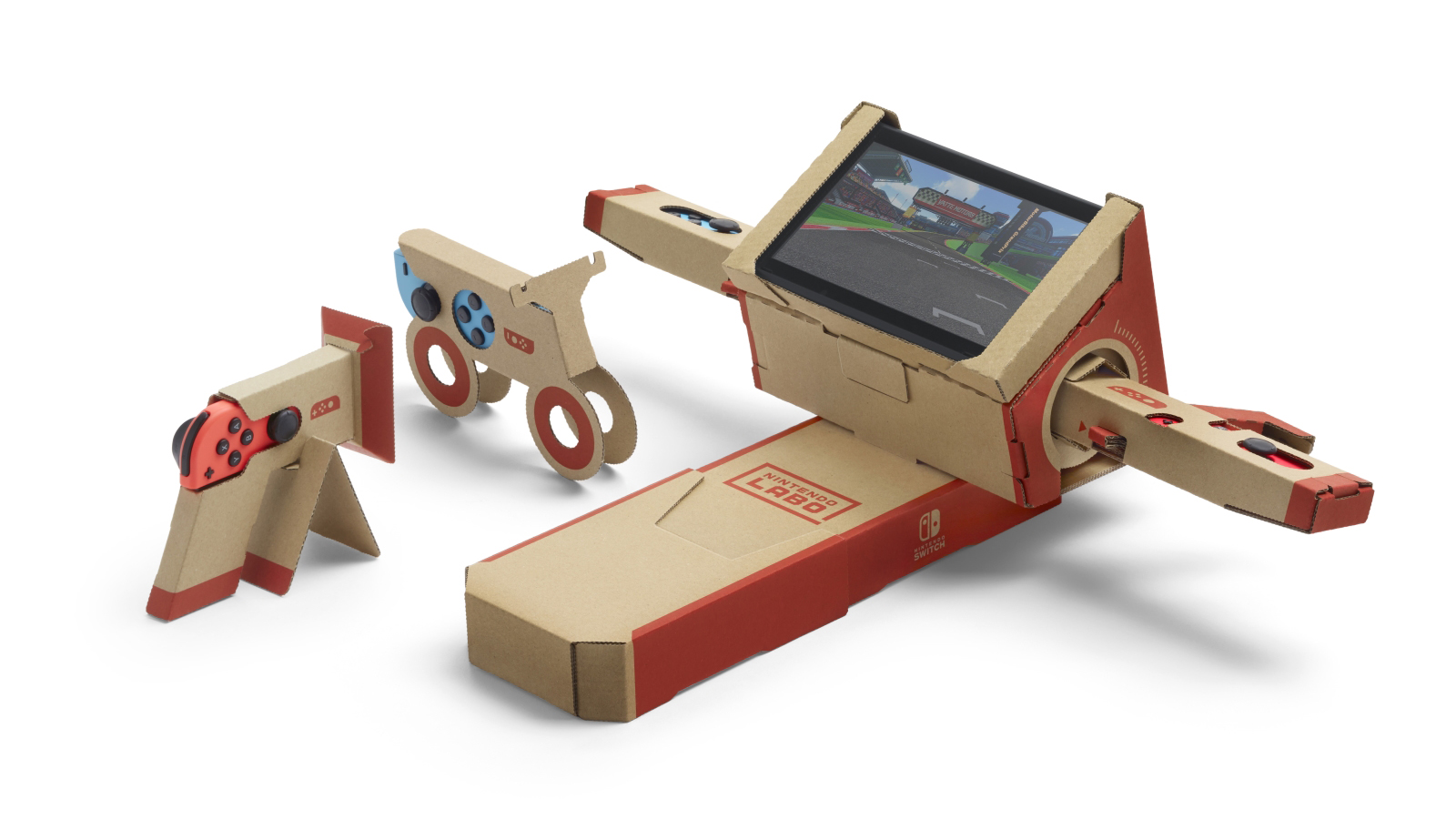
Investors are laying down new rules, writing manifestos that will describe and define how they want the world to work in an efficient, creative and open way. Amateurs across various media now have the opportunity to become experts and specialists, with public access to unprecedented amounts of shared knowledge and, thanks to crowdfunding platforms such as Kickstarter, the means to make ideas a reality.
Open-sourced, collaborative models are on the rise, helping people develop ideas, products and communities. Where hacking was once primarily associated with cyber crime, it has now become a pastime for everyday consumers.
Theoretically, anyone can be a designer as resources become increasingly available, and communities that cultivate skills are springing up everywhere.
05. Reality and digital collide
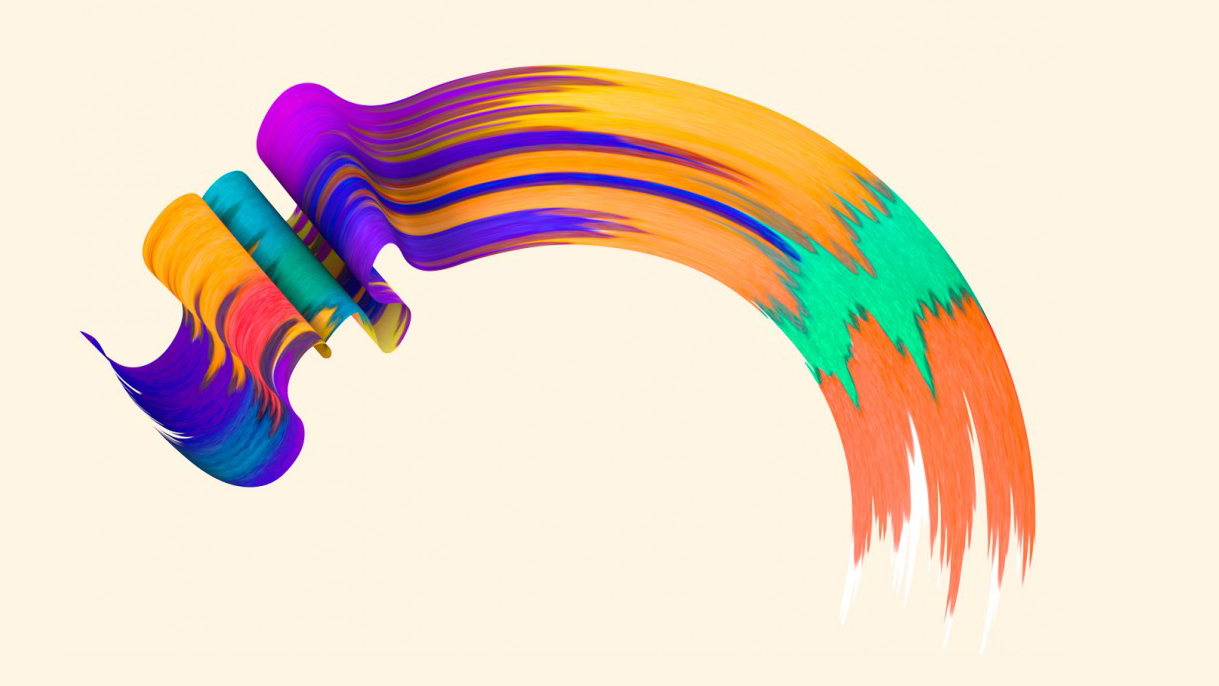
Designers are bringing together the disparate worlds of analogue and digital, converting one to the other, picking up glitches and making more interesting work as a result. As digital technologies become increasingly sophisticated, the boundaries between the digital and real worlds are blurring more and more, creating a playful relationship between humans and technology - a movement dubbed The New Aesthetic by British author and artist James Bridle.
Real-world environments are increasingly supplemented with digital information through augmented reality, digital landscapes and personal avatars, while designers are compelled to visualise an ever-evolving digital society, testing different ways to translate digital into analogue. Technology becomes a filter for how the real world should be viewed, a playful testament to the rapidly changing digital landscape.
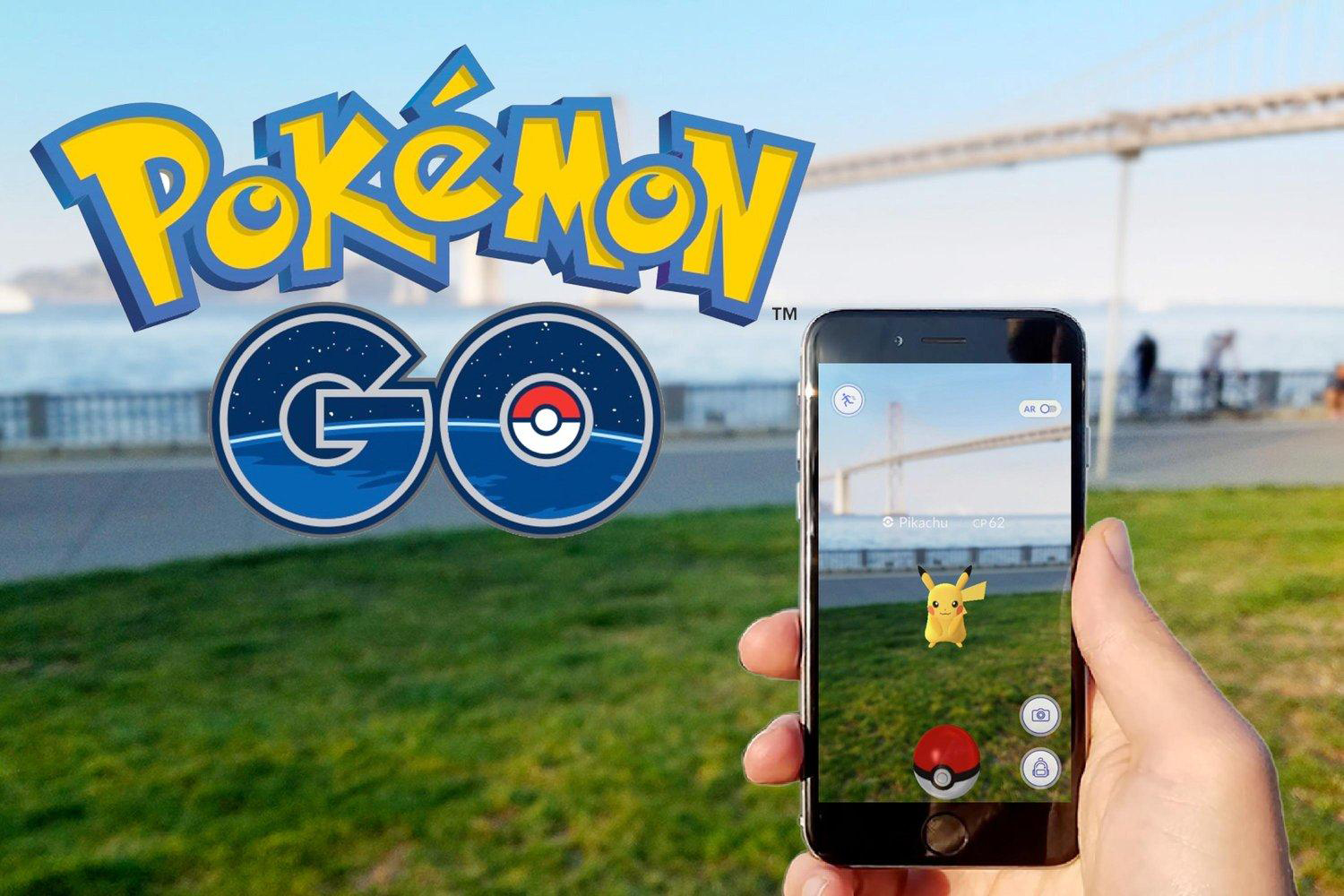
Nostalgia for tangible crafts and objects, as discussed earlier, has also called into question the role designers play in challenging the status quo, pushing creatives to reconsider the methods and tools they use to create works.
Ultimately, through hacking, constant questioning and reformatting of tools and techniques, the relationship between humans and technology is constantly evolving in the world of design. There has been a noticeable rise in technologically enhanced aesthetics, particularly within objects and products than have been 3D printed or visuals that have been rendered.
06. Experience culture

From the sublime to the surreal, the ludicrous to the lavish, experience is becoming everything - and consumers are turning into thrill-seekers. Following the economic crash, impulsive, binge-shopping and 'fast-fashion' consumption has given way to a desire for meaningful, experiential interactions.
In place of a conveyor belt of products, consumers are increasingly hungry for experiences that challenge and immerse the senses. For many, events - and the memories they create - are being valued above physical products.

This experience economy can be seen as a response to the post-recession world we live in. Economic, social and political turbulence have left consumers seeking a sense of escapism. In its purist form, it's about theatre and performance.
Experimentation is essential in the experience economy, with the goal to immerse all the senses by indulging people with surprise, delight and wonderment to distract them from the challenges and business of real life.
Related articles:

Nick has worked with world-class agencies including Wolff Olins, Taxi Studio and Vault49 on brand storytelling, tone of voice and verbal strategy for global brands such as Virgin, TikTok, and Bite Back 2030. Nick launched the Brand Impact Awards in 2013 while editor of Computer Arts, and remains chair of judges. He's written for Creative Bloq on design and branding matters since the site's launch.
